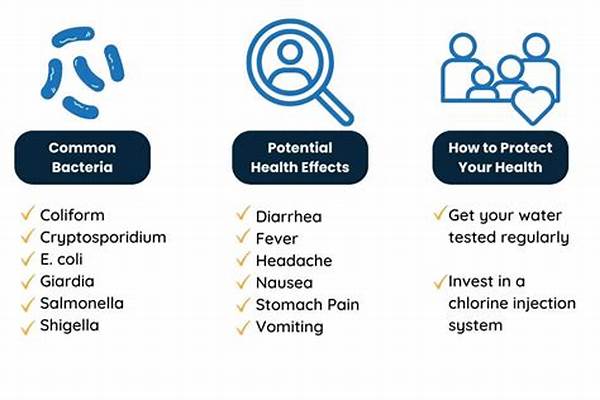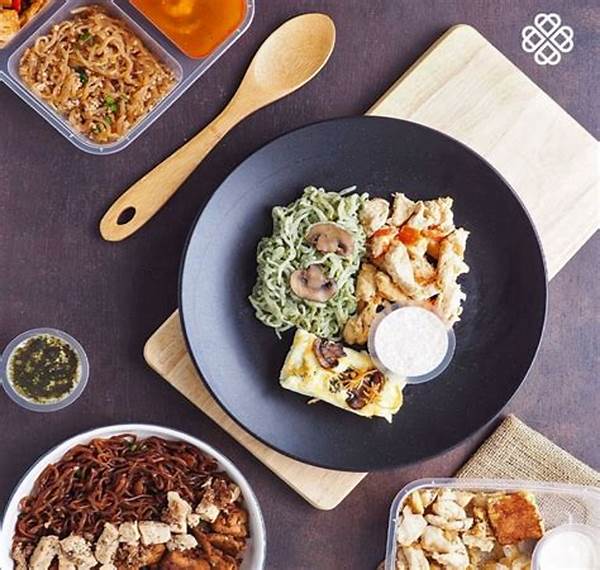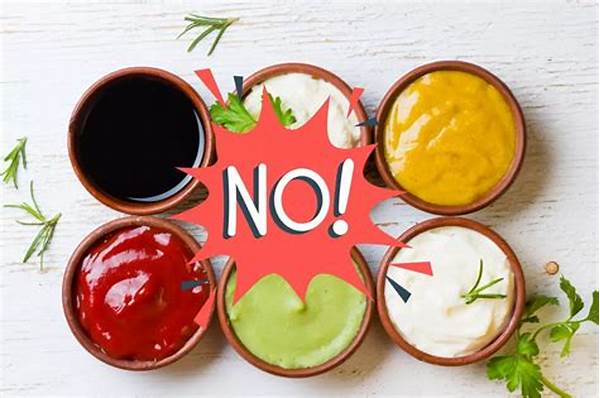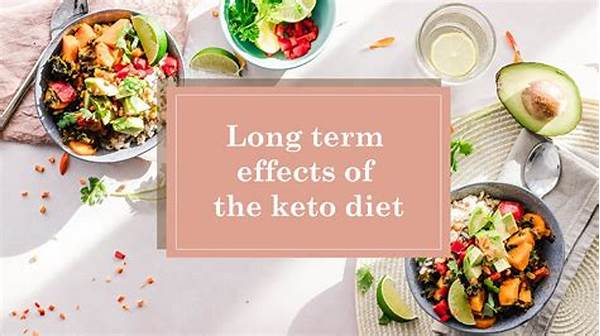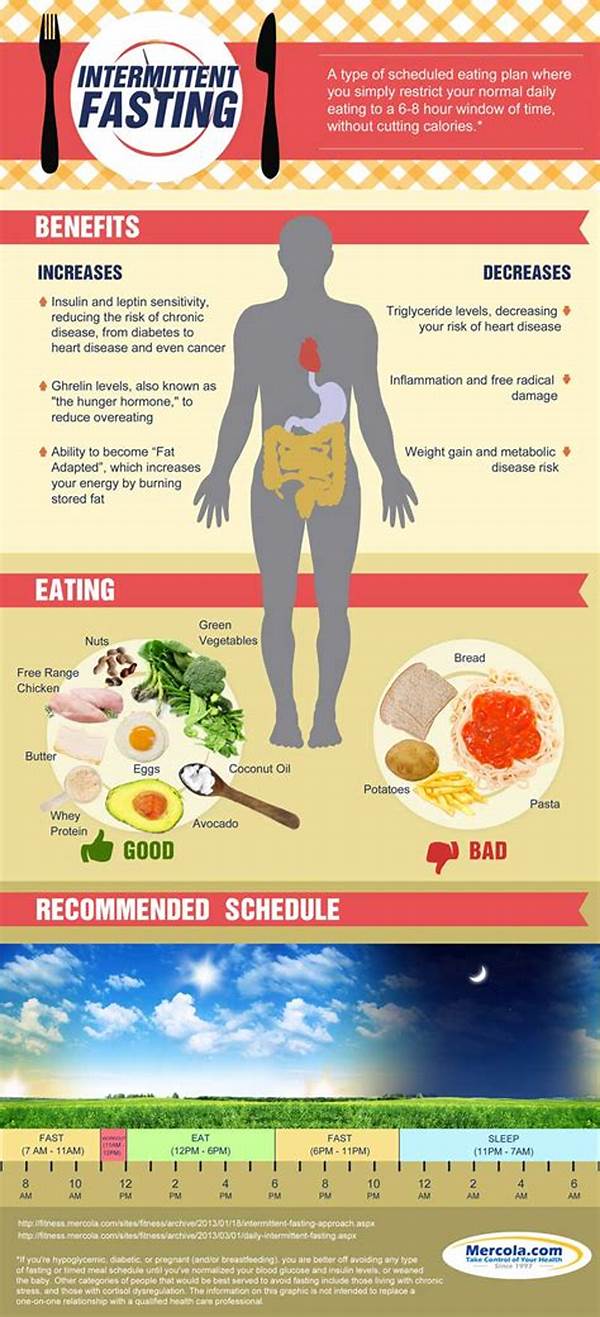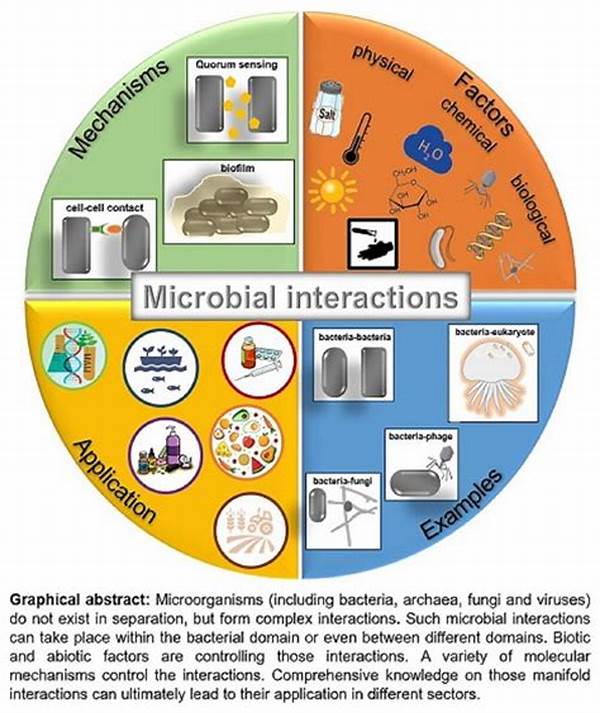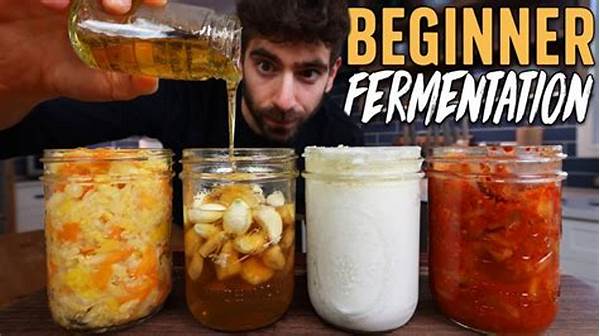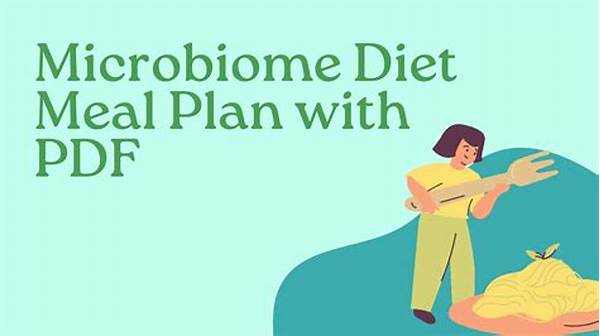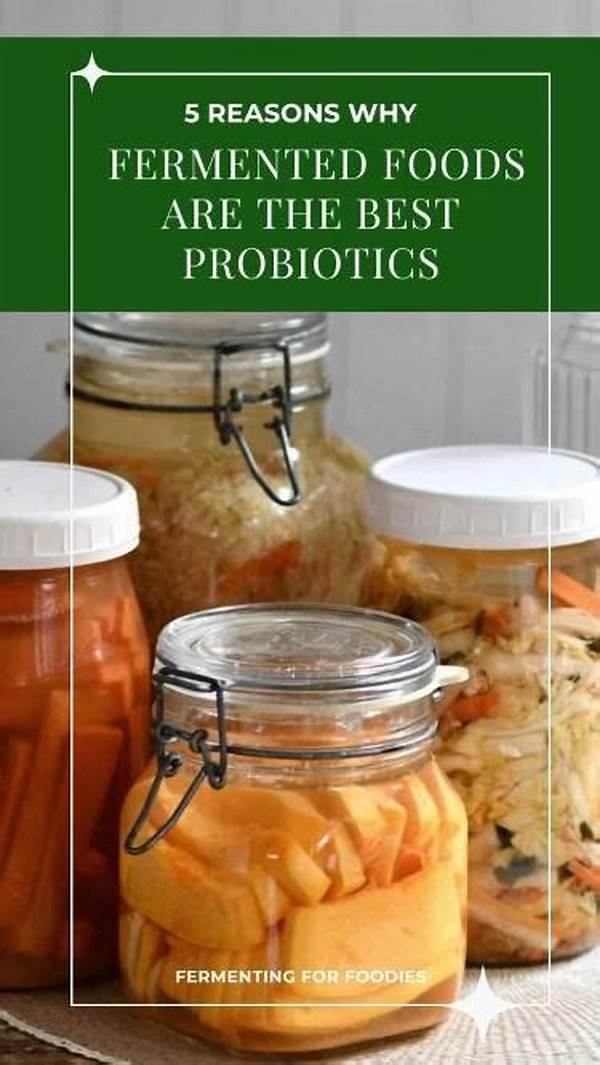Certainly! Creating content with a creative and engaging style is essential to capture and maintain the reader’s attention. Below is an organized presentation of the requested articles:
Read More : Do Local Spices Kill Gut Bacteria? What Science Says
—
Are you looking to transform your health by diving into the microscopic world within your gut? The secret lies in understanding how to build microbial diversity with simple daily foods. This isn’t just about eating your greens; it’s about cultivating an orchestra of bacteria that play a pivotal role in your overall well-being. Imagine your gut as a bustling metropolis, teeming with various microorganisms, each with a unique role. Some are like the city’s architects, others the sanitation workers, and yet all working harmoniously. By nurturing a diverse microbiome, you can enhance digestion, immune function, and mental health. And guess what? You don’t need exotic foods or costly supplements to achieve this. Let’s explore how your everyday meals can turn you into a maestro of microbial diversity.
The adventure starts with those vibrant fruits and vegetables you often see but maybe take for granted. Think of them as fun, colorful party guests – each bringing a unique flavor and, more importantly, diverse fibers and prebiotics that feed your microbiota. Ever wondered why our ancestors were always in great health despite lacking modern medicine? It’s because they consumed a wide variety of natural foods. You can channel their wisdom. Incorporate plenty of fibrous foods such as onions, garlic, and bananas, which are like VIP passes for beneficial bacteria.
Fermentation is the secret sauce, quite literally. Yogurt, kefir, sauerkraut, and kimchi are like the life of the party for your gut. They bring probiotics, boosting the population and diversity of beneficial bacteria. These tangy delights not only spice up your meals but also your microbial variety. Moreover, fermented foods are popping up in modern trends, proving that ancient wisdom is the new cool. So, get ready to enjoy not just a facet of improved health, but also a delightful culinary experience. You might even become the food connoisseur among your friends with these unique choices.
Top Foods for Microbial Diversity
Incorporating the right simple daily foods into your meals can significantly influence how to build microbial diversity with simple daily foods. Lean into a variety of choices, from legumes and seeds to nuts and whole grains, to create the most diverse microbiome possible.
—
Article Description
Microbial diversity in the gut can have profound effects on one’s health, influencing processes from digestion to immune response. Knowing how to build microbial diversity with simple daily foods is a game-changer. It’s almost like setting up a mini ecosystem within you. You don’t need to empty your bank account on superfoods or elusive ingredients. With a little creativity, everyday food items in your pantry can be the real MVPs in fostering this diversity. Let’s delve deeper into why this is important and how you can begin this journey today.
Ancient dietary habits were rich in fiber and fermented foods, setting the stage for a thriving microbiome. Fast-forward to today’s fast-paced lifestyle, propelling a shift towards processed foods – not the best guests to invite to your bacteria party. However, by making smarter food choices and understanding how to build microbial diversity with simple daily foods, you can still claim victory.
Fiber is the unsung hero. It may seem bland, but it’s a powerhouse when it comes to nurturing gut bacteria. The more fibrous foods you consume, the broader and more robust your microbial community becomes. Whole grains, nuts, seeds, and legumes act as building blocks, enhancing versatility and resilience against potential pathogens.
The Role of Fermentation
Fermented foods are the grandmasters of microbial cultivation. Think of them as the elite squad that trains and reintroduces beneficial bacteria into your system. Foods like kimchi, miso, and kombucha are not just trends; they’re age-old traditions paving the way to building a diverse microbiota.
Prebiotics vs. Probiotics
It’s crucial to know about prebiotics and probiotics. Prebiotics are the nourishing fuel, while probiotics are the champions that colonize your gut. Together, they ensure a balanced and thriving microbial populace, emphasizing the strategy on how to build microbial diversity with simple daily foods.
Additionally, mindful eating practices can bolster this journey. Slow eating habits and appreciating flavors allow better digestion, thus aiding microbial functionality. This approach not only offers health benefits but also brings back the joy of eating – something we often overlook in today’s quick-eat culture. So, say goodbye to upset tummies and hello to a happier, more efficient digestive system.
—
Goals Related to “How to Build Microbial Diversity with Simple Daily Foods”
—
Article Goal Description
Diving into how to build microbial diversity with simple daily foods is not just about food; it’s about a lifestyle that supports your body holistically. This journey allows you to embrace ancient wisdom with modern understanding, enhancing your well-being one bite at a time. It’s more than an eating strategy; it’s become a wellness mantra for many health enthusiasts.
Incorporating diverse fiber sources and fermented foods into your diet can enhance not only your gut health but also your mental and emotional balance. This approach isn’t confined to traditional health buffs; it appeals to anyone challenged by today’s hectic pace. Question any steadfast beliefs about diets needing exotic ingredients by just looking at your local grocery store.
Getting Started with Microbial Diversity
Opening your pantry might be the first step in understanding how to build microbial diversity with simple daily foods. Discover that many ingredients you already own hold the keys to essential nutritional benefits. With minimal effort, you can personalize your path to a healthier lifestyle without gimmicks or expensive diets.
It’s about the choices you make every day. Swap processed options with fresh, whole foods. Little changes can also spark joy by releasing new culinary adventures. Try new recipes and variations, reminding yourself that this journey is about exploration and nourishment.
—
In-depth Discussion on Microbial Diversity
The Science Behind Microbial Diversity
Microbial diversity is an essential aspect of gut health regulation. Imagine your gut as a bustling city, with each microbe playing a distinct and crucial role. Building this biodiversity with simple everyday foods is a practical pathway to improved well-being.
Understanding this concept is the first step. A diverse microbial community supports multiple functions: digesting food, synthesizing vitamins, protecting against pathogens, and modulating the immune system. Recent studies indicate that a diverse microbiome is linked to reduced risks of diseases, suggesting that comprehending how to build microbial diversity with simple daily foods might be a ticket to longevity.
Let’s dive into the tactics. Start unexpectedly; not by adding, but by subtracting! Eliminate processed and high-sugar foods that compromise your gut environment. Then, initiate the invasion of good bacteria with the following steps.
Practical Steps for Building Microbial Diversity
1. Incorporate Diverse Plant-based Foods: Every color brings new polyphenols, antioxidants, and fibers. Fruits and veggies are the super-agents for a thriving gut.
2. Embrace Fermented Foods: Yogurt, tempeh, and sauerkraut are more than delicious—they’re an ancient secret to cultivating beneficial bacteria in your gut.
3. Introduce More Whole Grains: Oats, barley, and brown rice not just fill your stomach; they provide a playground for your microbes to flourish.
4. Snack Smart: Opt for nuts and seeds, packed with fiber and healthy fats, to support gut health while satisfying your cravings.
5. Stay Hydrated: Water ensures that nutrients are efficiently transported and that gut processes are seamless, supporting the thriving microbial metropolis in your gut.
Knowing how to build microbial diversity with simple daily foods means committing to small, consistent changes that lead to a significant impact over time. It’s not about perfection; it’s about transformation. It’s time to treat your gut microbes as distinguished guests, nourishing them as they’ve long deserved.
So, the next time you’re pondering over food choices, remember: you’re not just feeding yourself; you’re feeding an entire internal ecosystem that upholds your health and happiness. Here’s to a well-nurtured community within and the wondrous journey of culinary diversity!
—
Illustrations of Building Microbial Diversity
Visualize the Gut’s Microbial Metropolis
—
Additional Short Content
Secrets to Microbial Abundance
When it comes to health, typically, people focus on what they exclude from their diets, but one frequently overlooked question is, “How to build microbial diversity with simple daily foods?” The journey to achieving a healthier gut starts with simple choices.
Fostering diversity in your gut isn’t only about digestion. Recent scientific revelations link gut health intricately with mental health, suggesting that a happier gut might mean a happier you. The journey starts with an orchestra of fresh produce—each hue provides a distinct set of nutrients for your gut flora. It’s the color wheel for wellness, where multiple options mean multiple benefits.
Know that fermentation is your ally. Incorporate foods like sauerkraut and kefir into your meals. This isn’t just food; it’s fuel for the friendly bacteria primed to defend your health. Even the simplest yogurt can be revolutionary when consumed regularly, ensuring you lead with example and understanding when it comes to nourishment.
Implement with Intention
Begin with intention, swapping out highly processed favorites for wholesome alternatives. Think of introducing new characters to a story. With each meal, you’re not just eating; you nurture an internal garden primed for flourishing diversity—with a few creative, mindful changes recognizing how to build microbial diversity with simple daily foods.
—
These structured articles provide insights into fostering microbial diversity using everyday foods. They are designed to be engaging and informative, with a focus on practical application and the inherent value such a lifestyle offers. Whether you are new to microbial health or looking to deepen your knowledge, these steps can help guide your journey.

